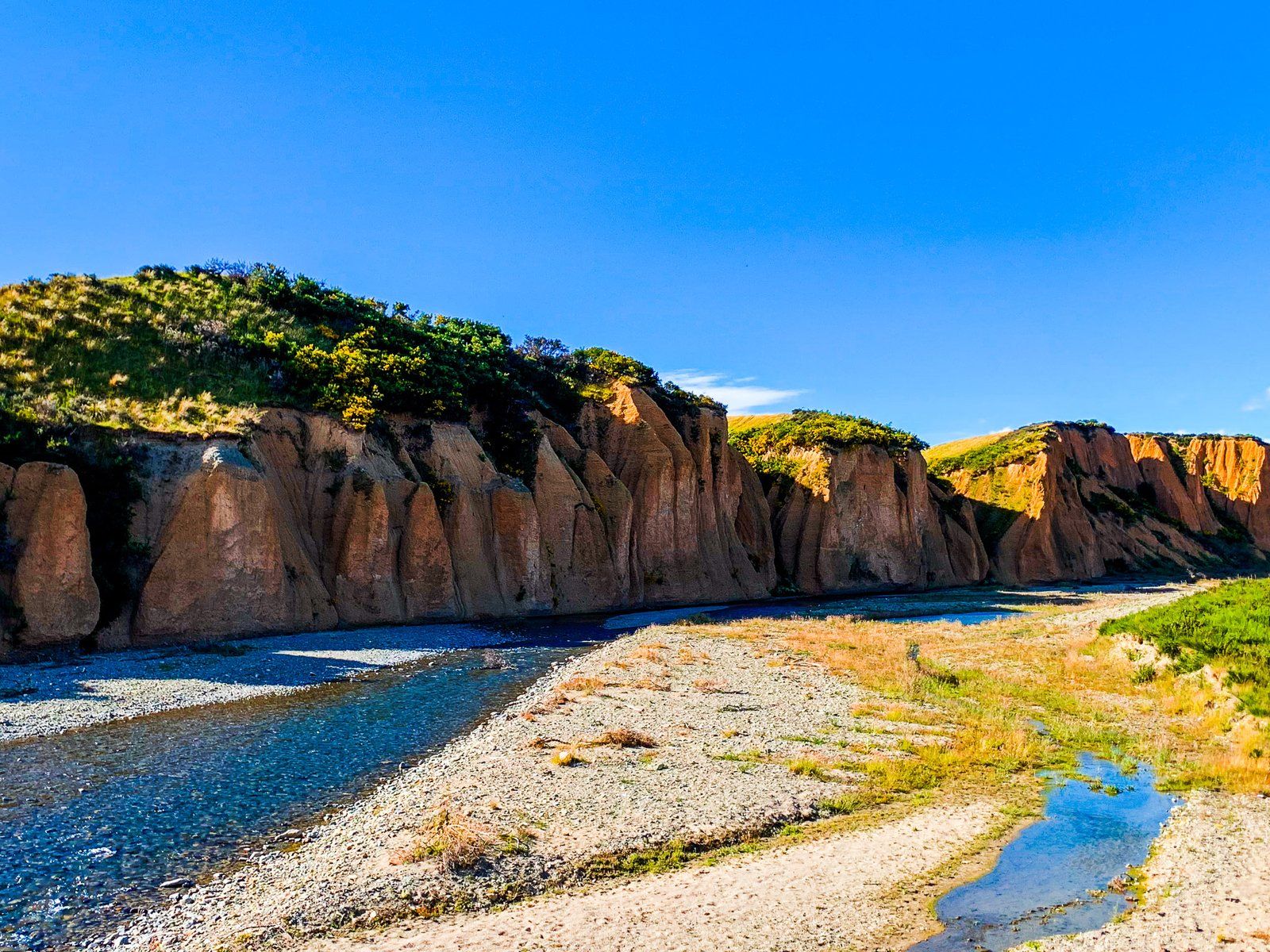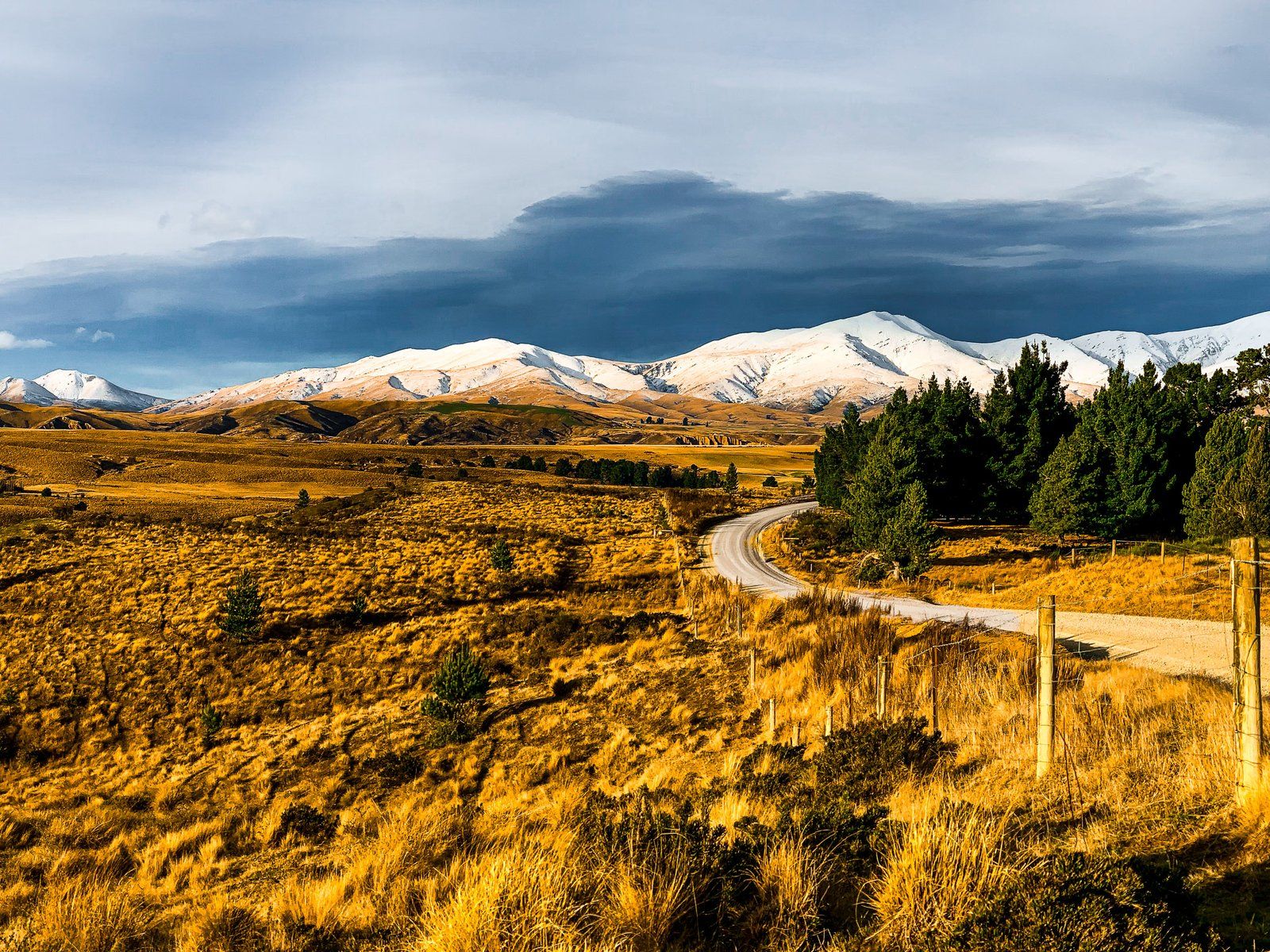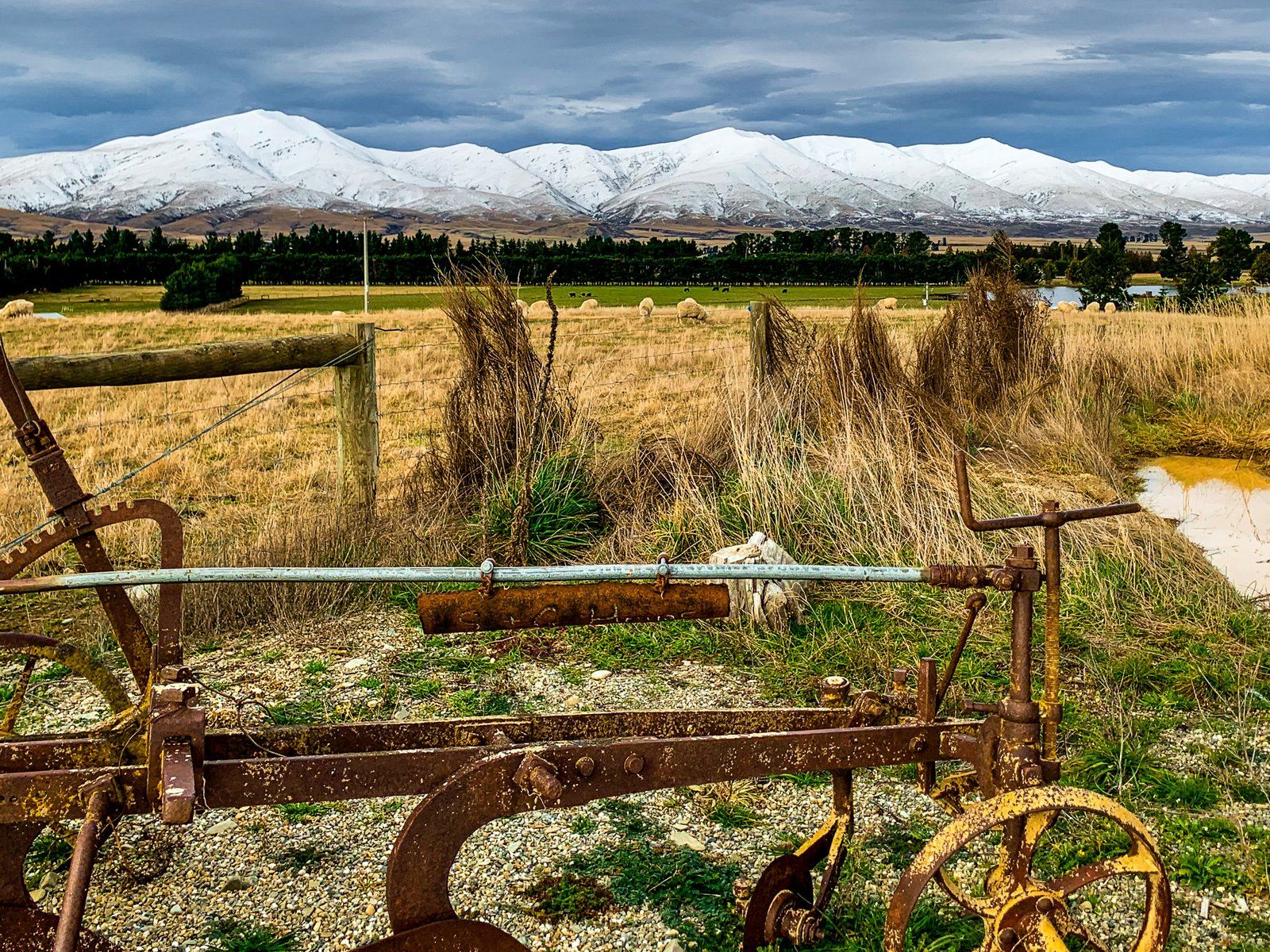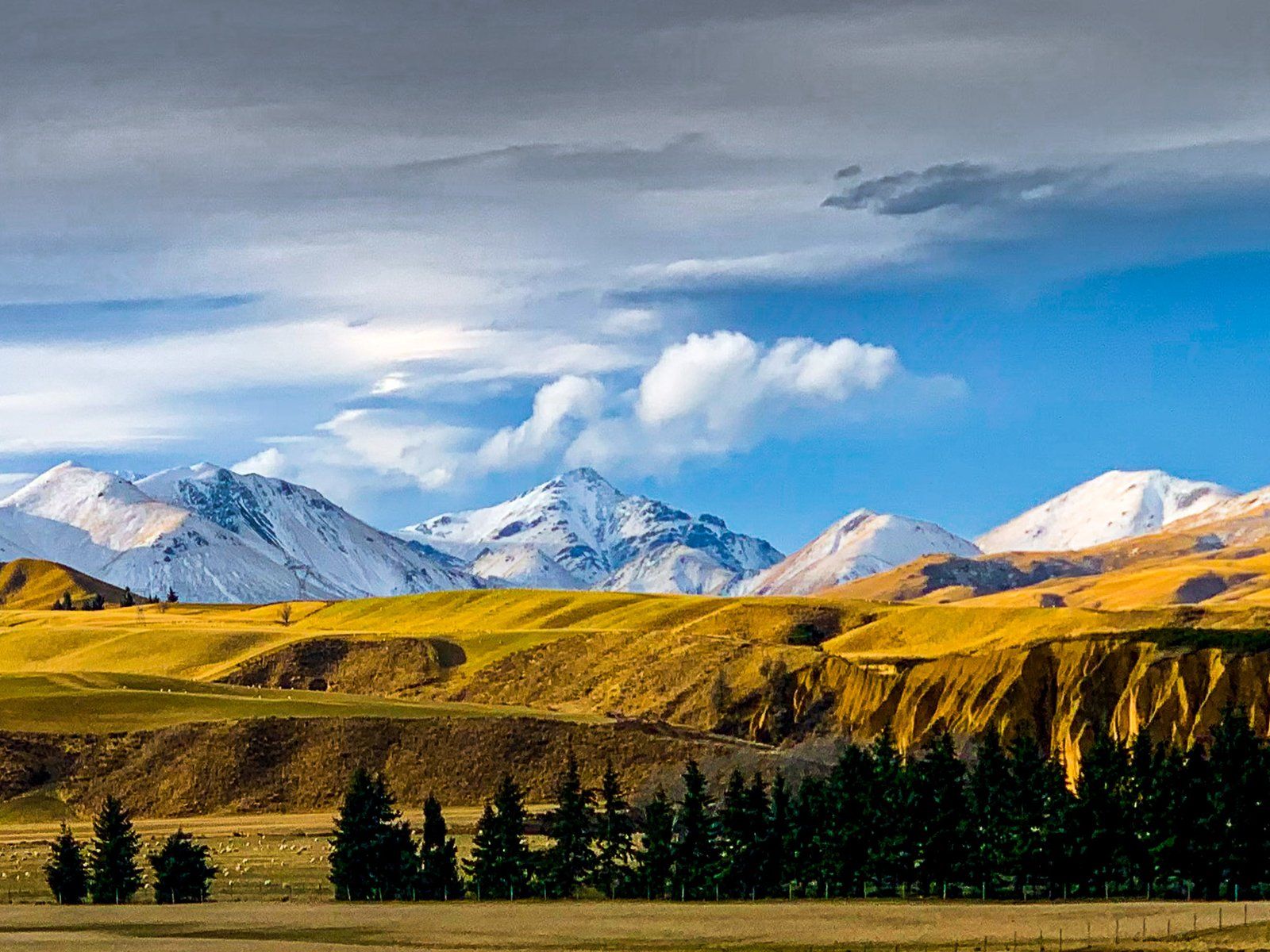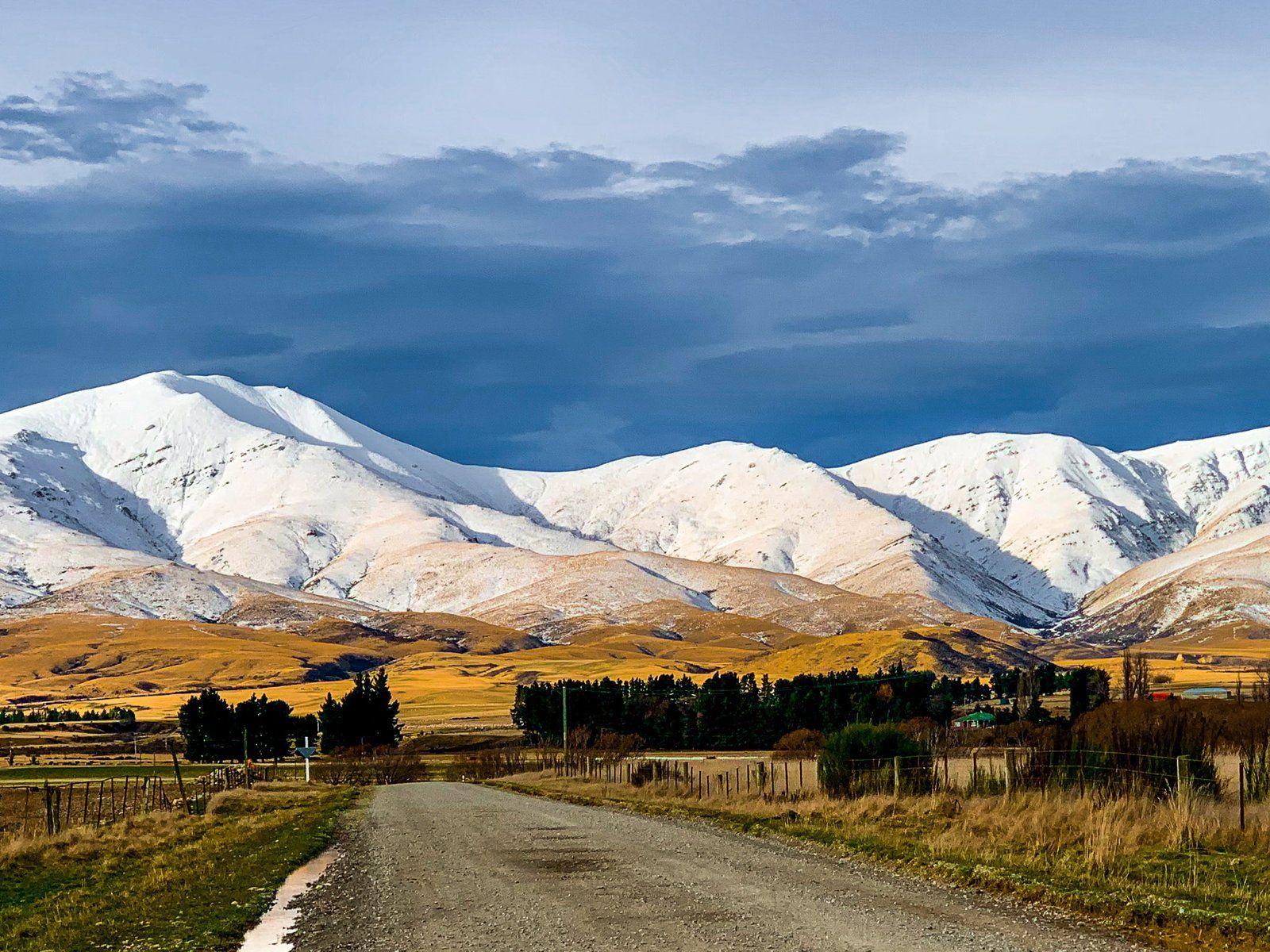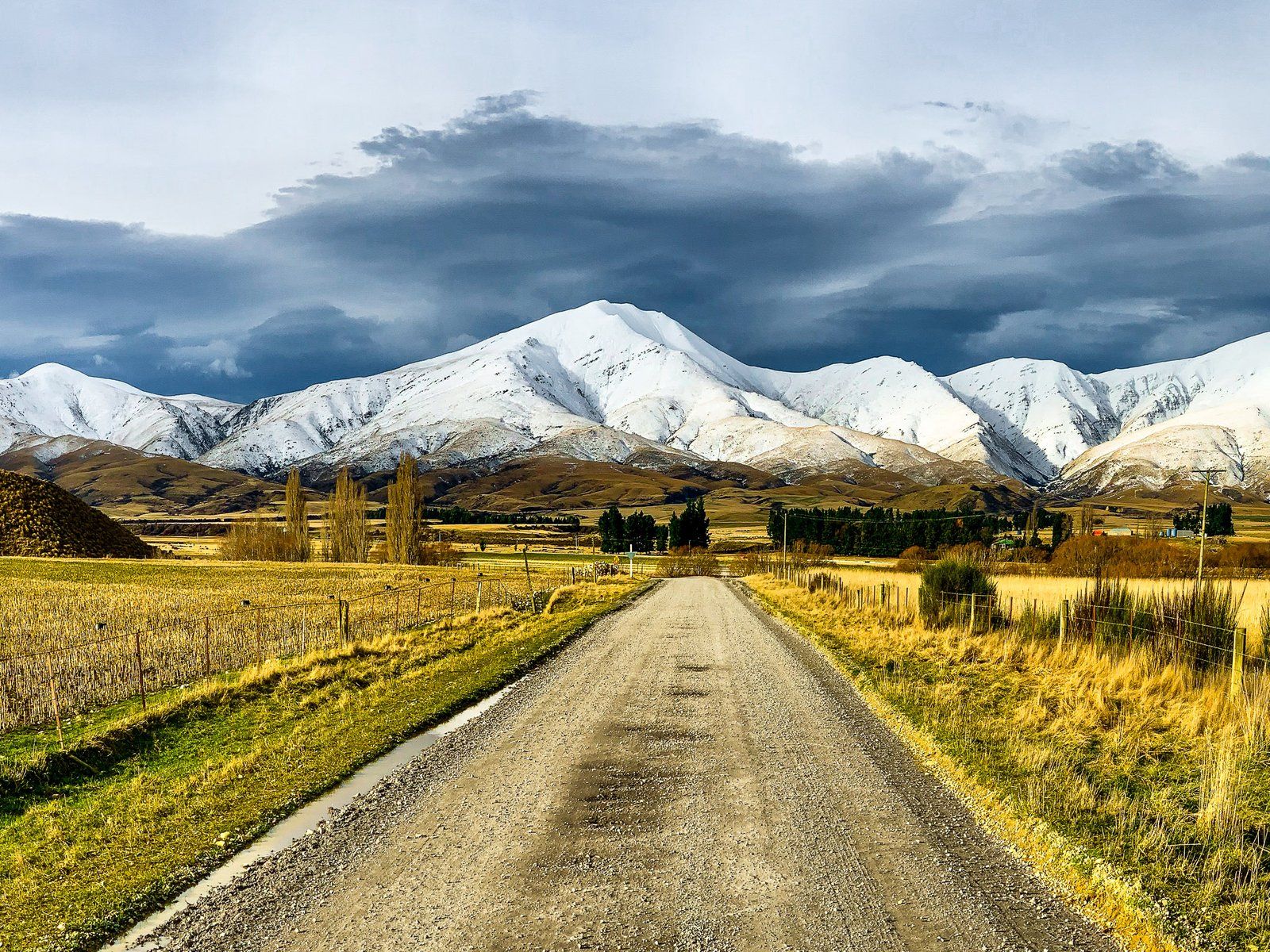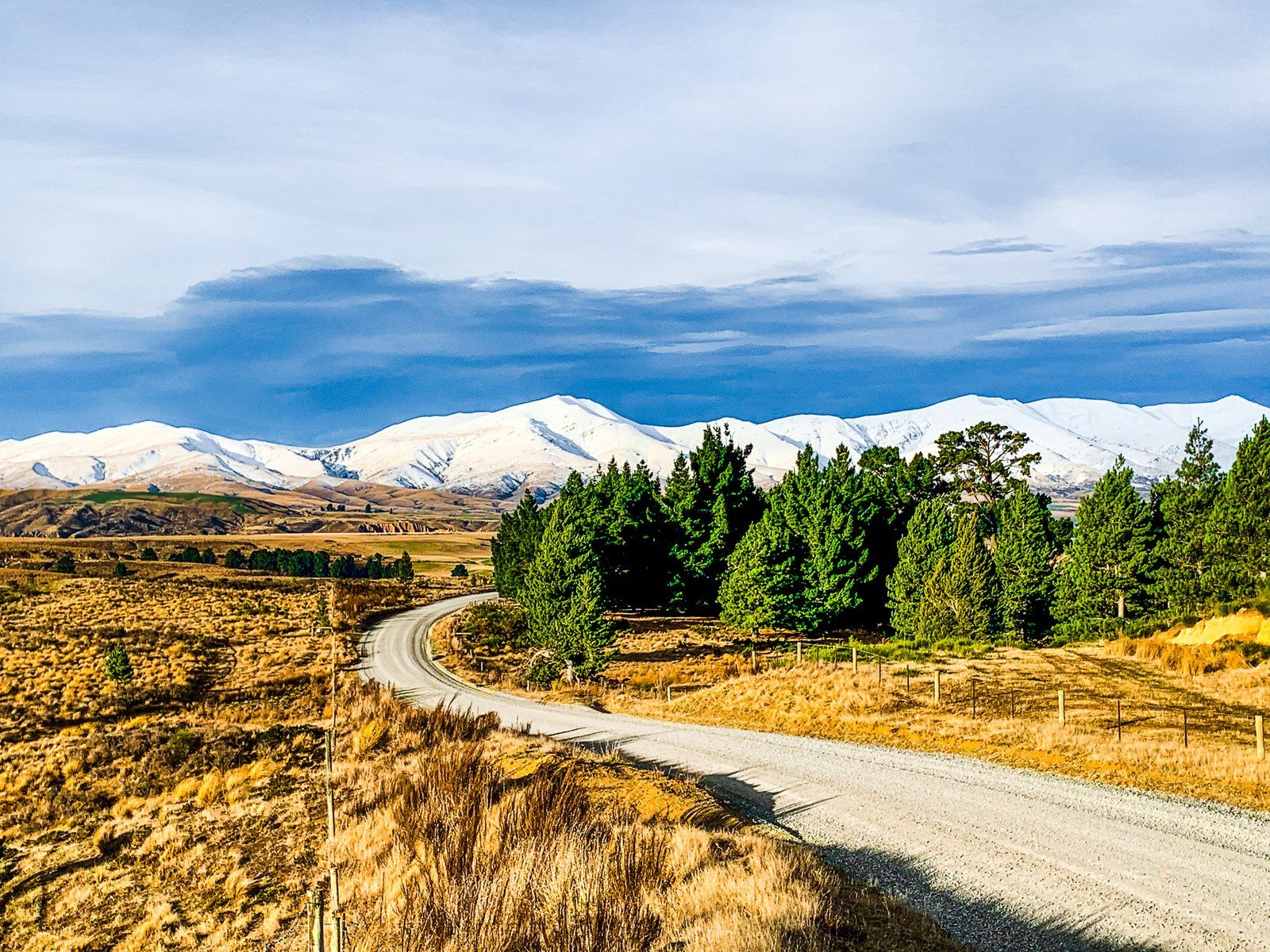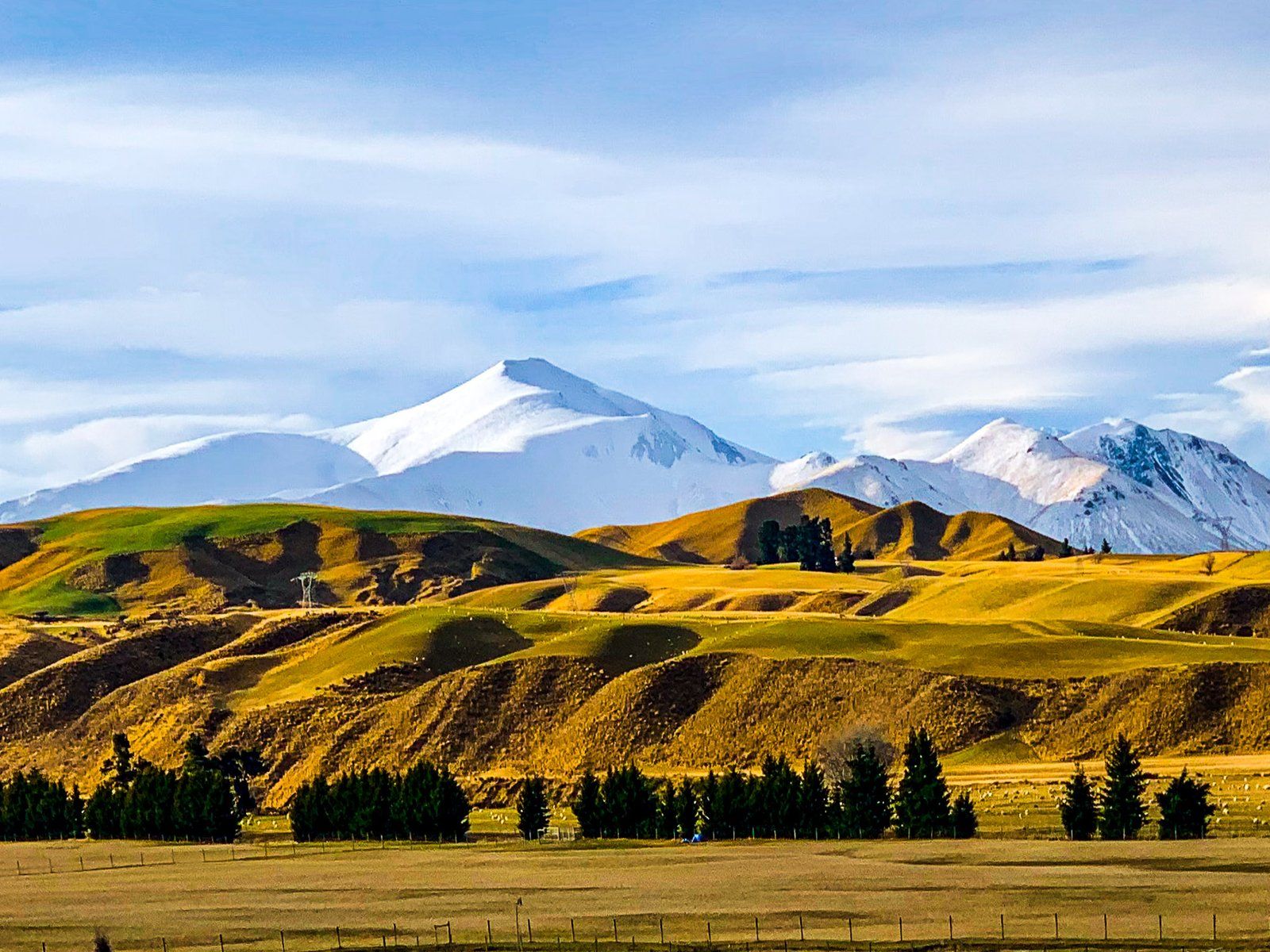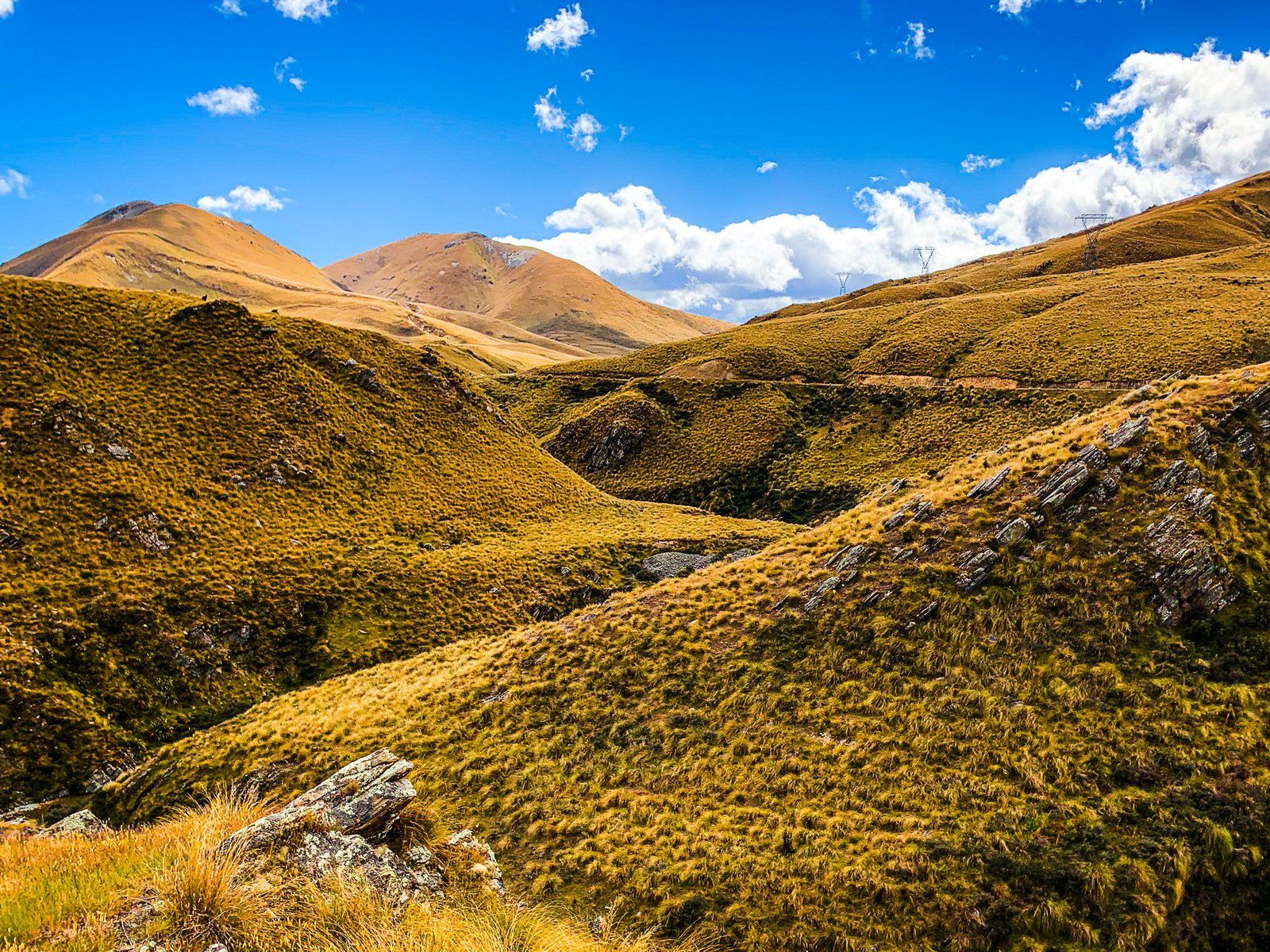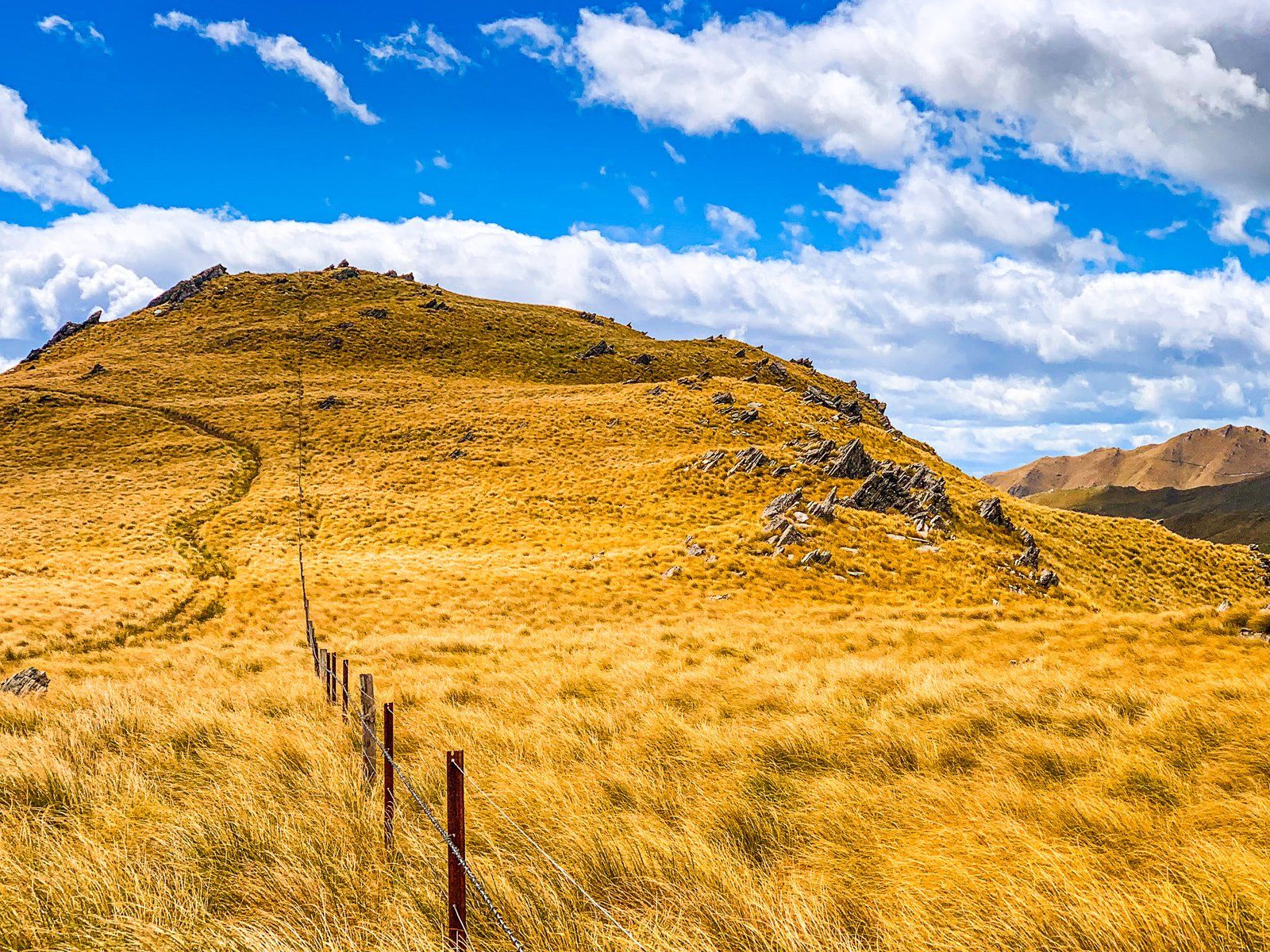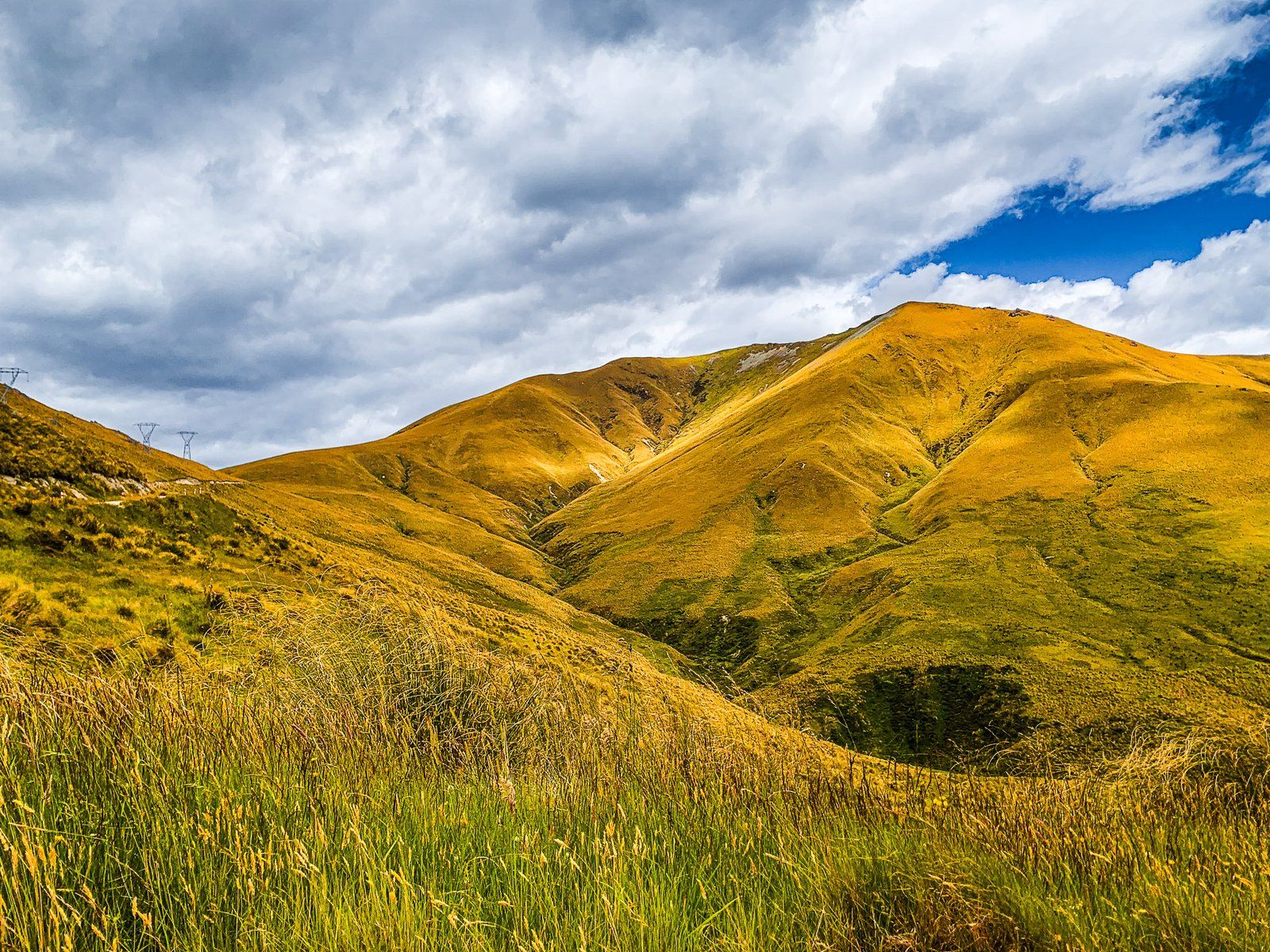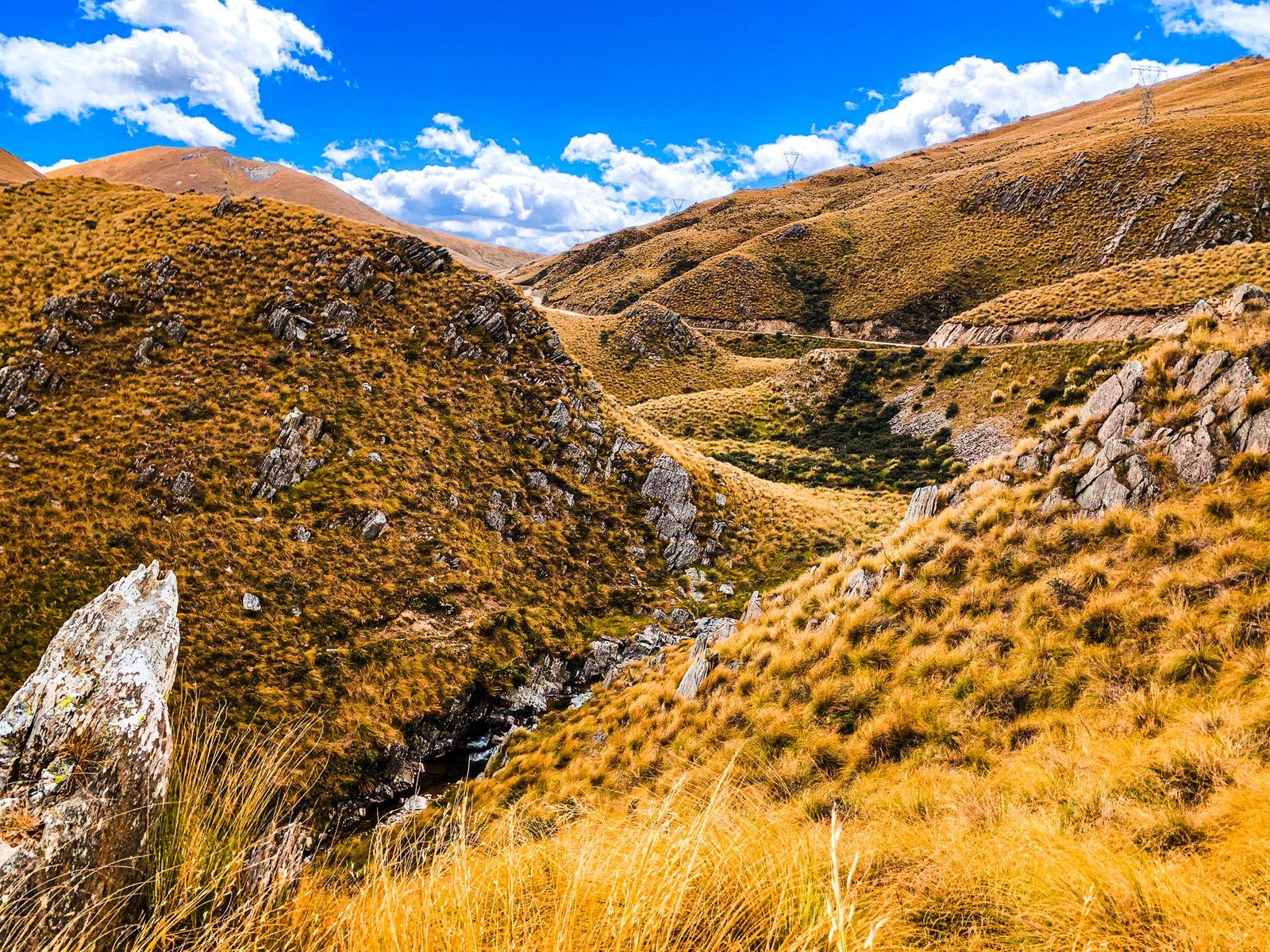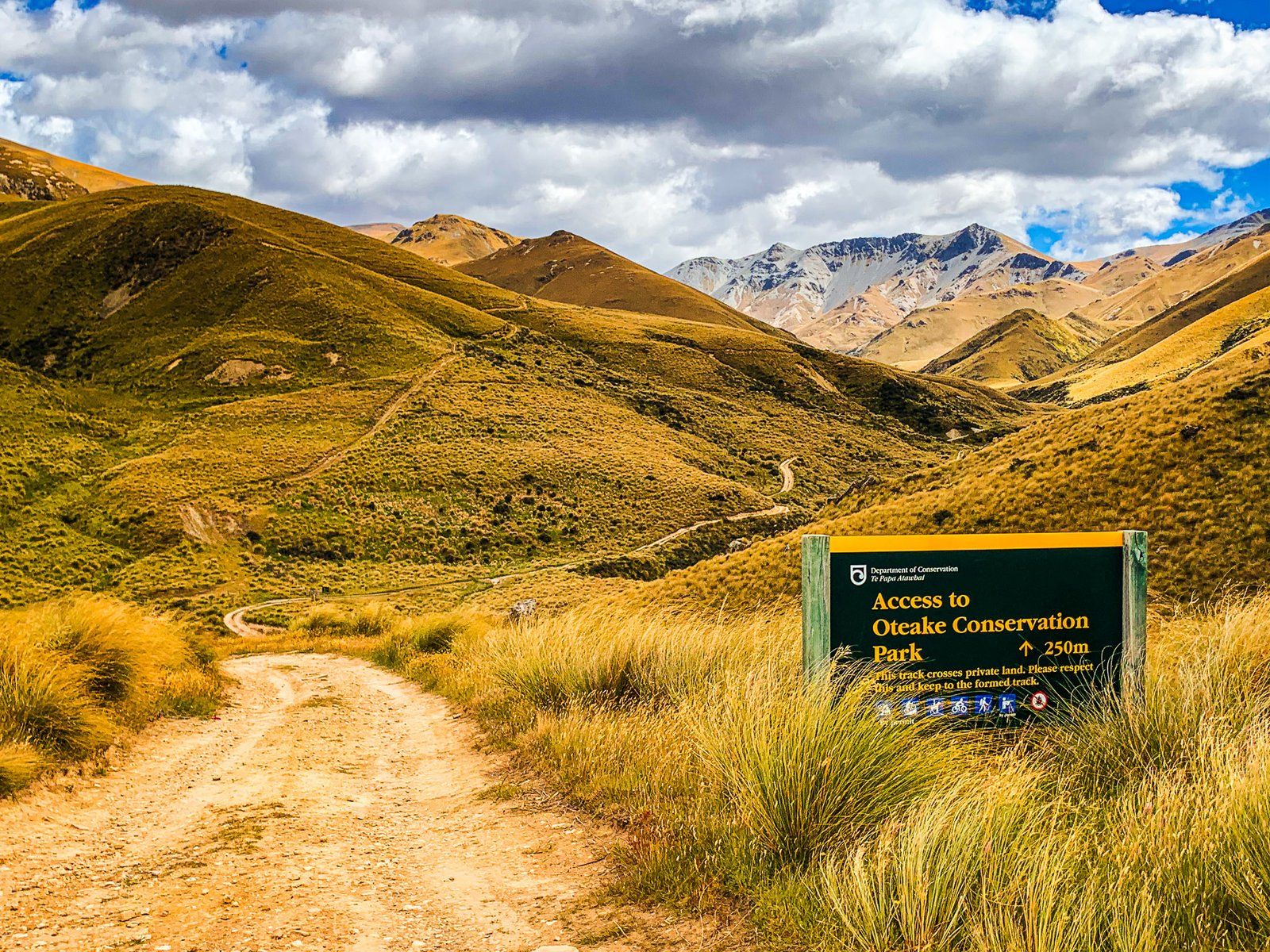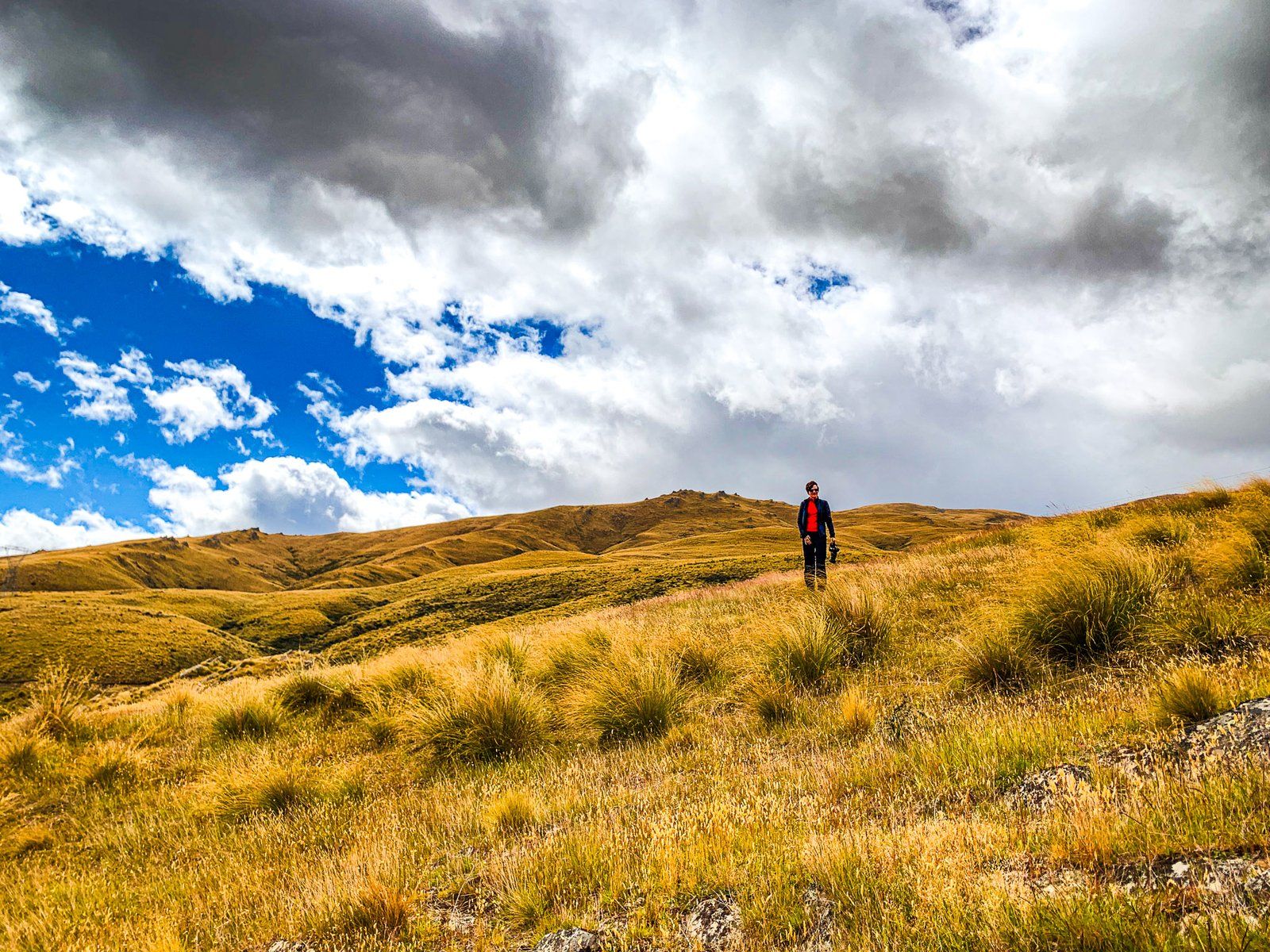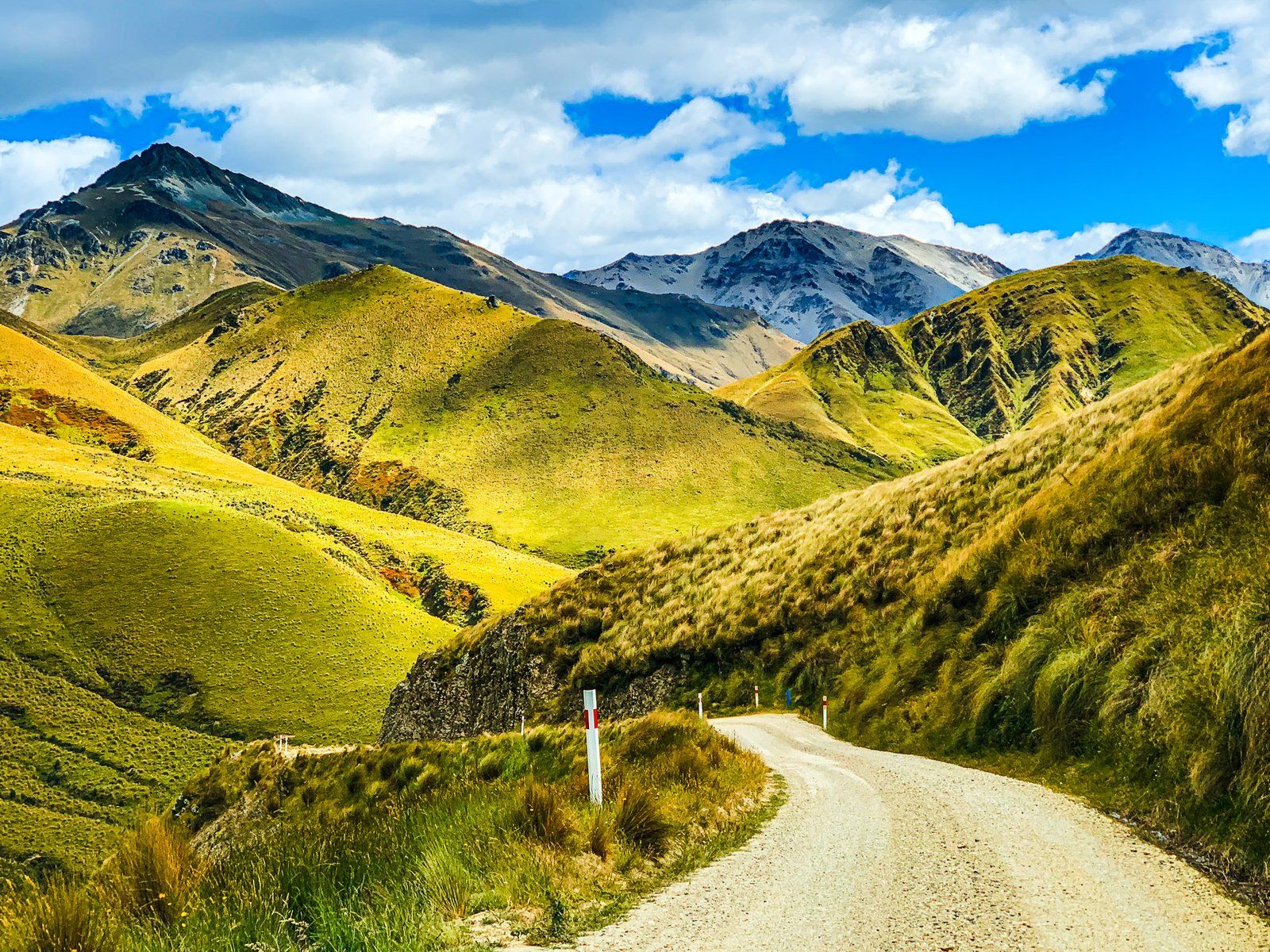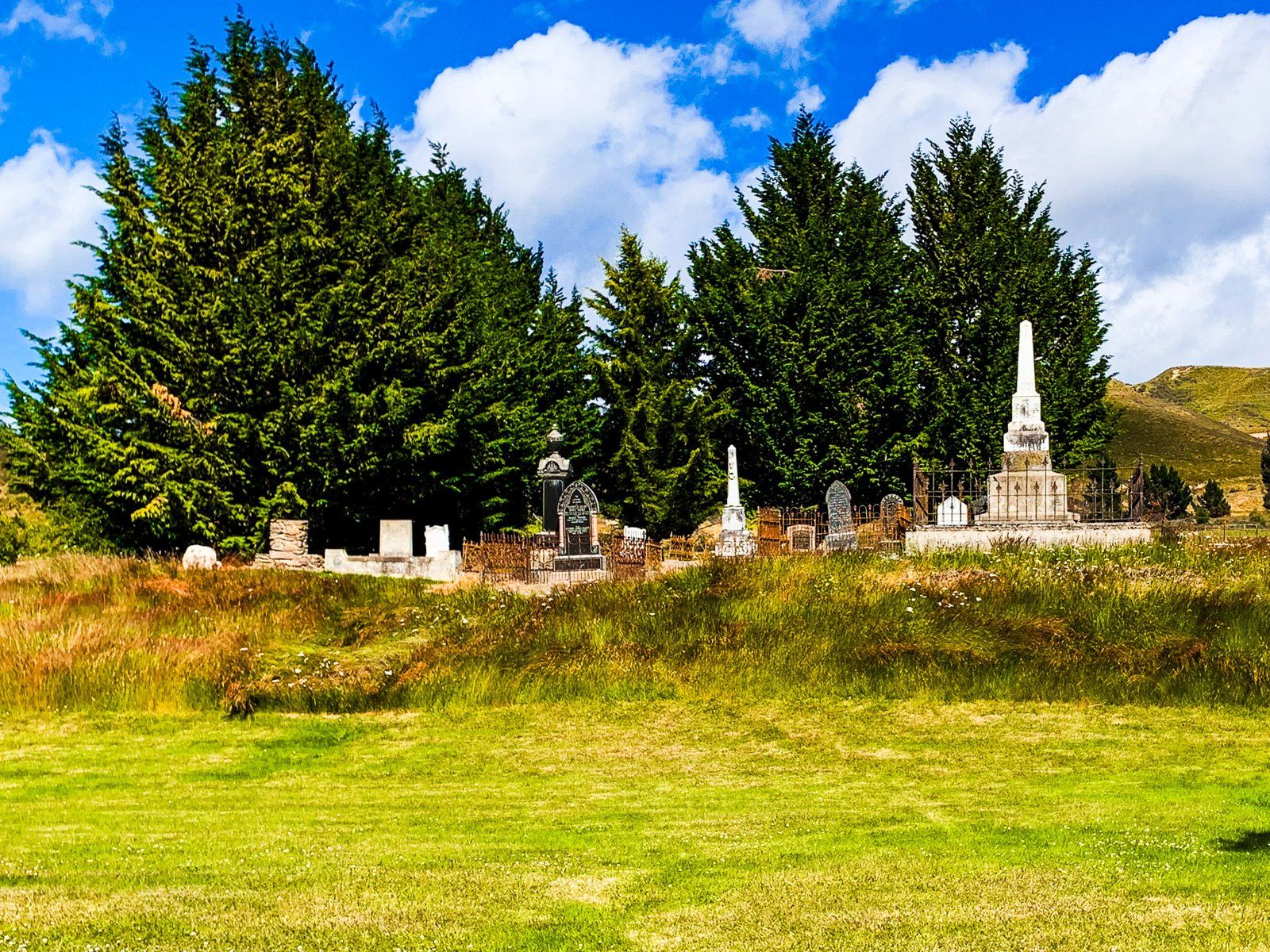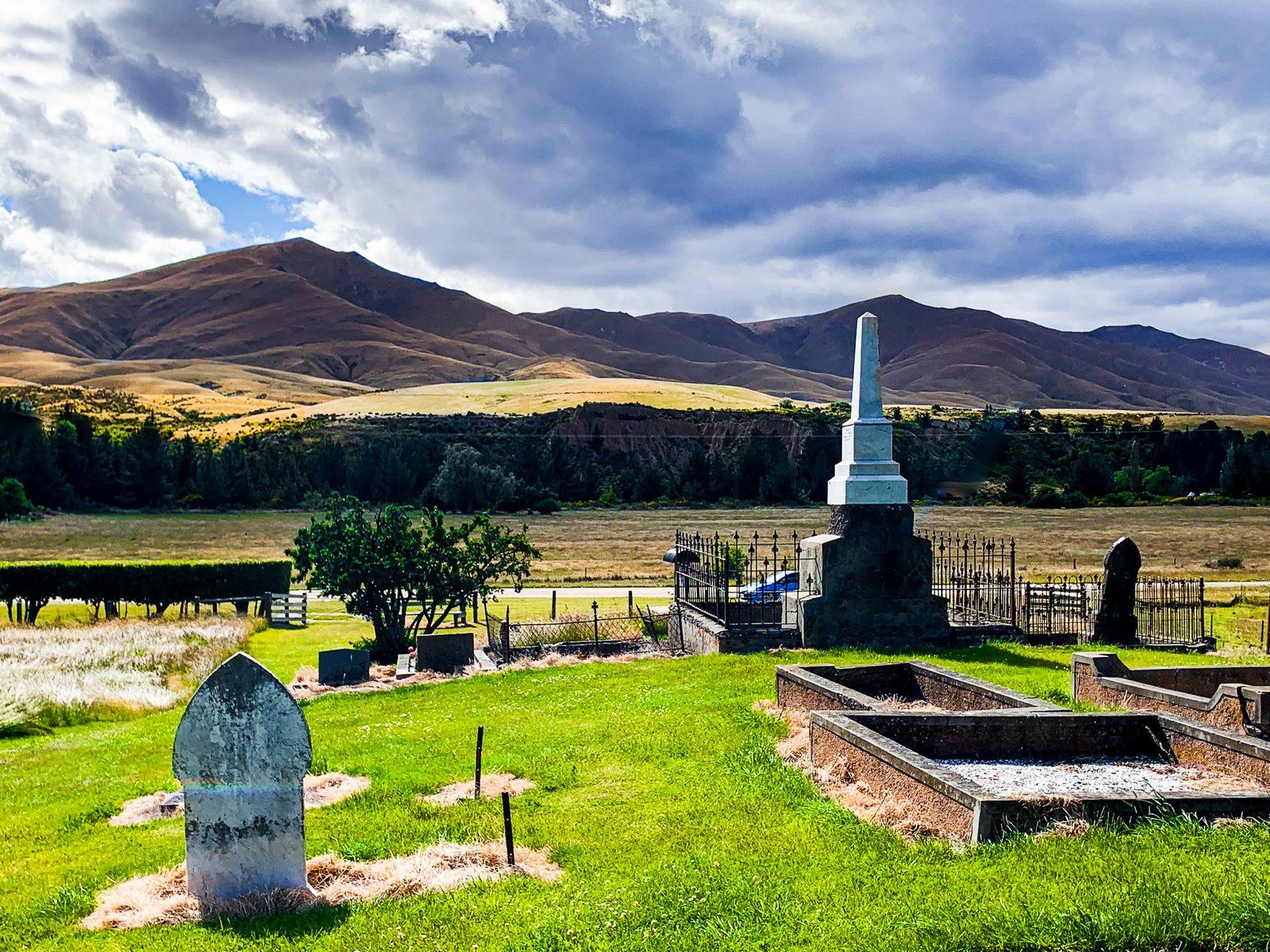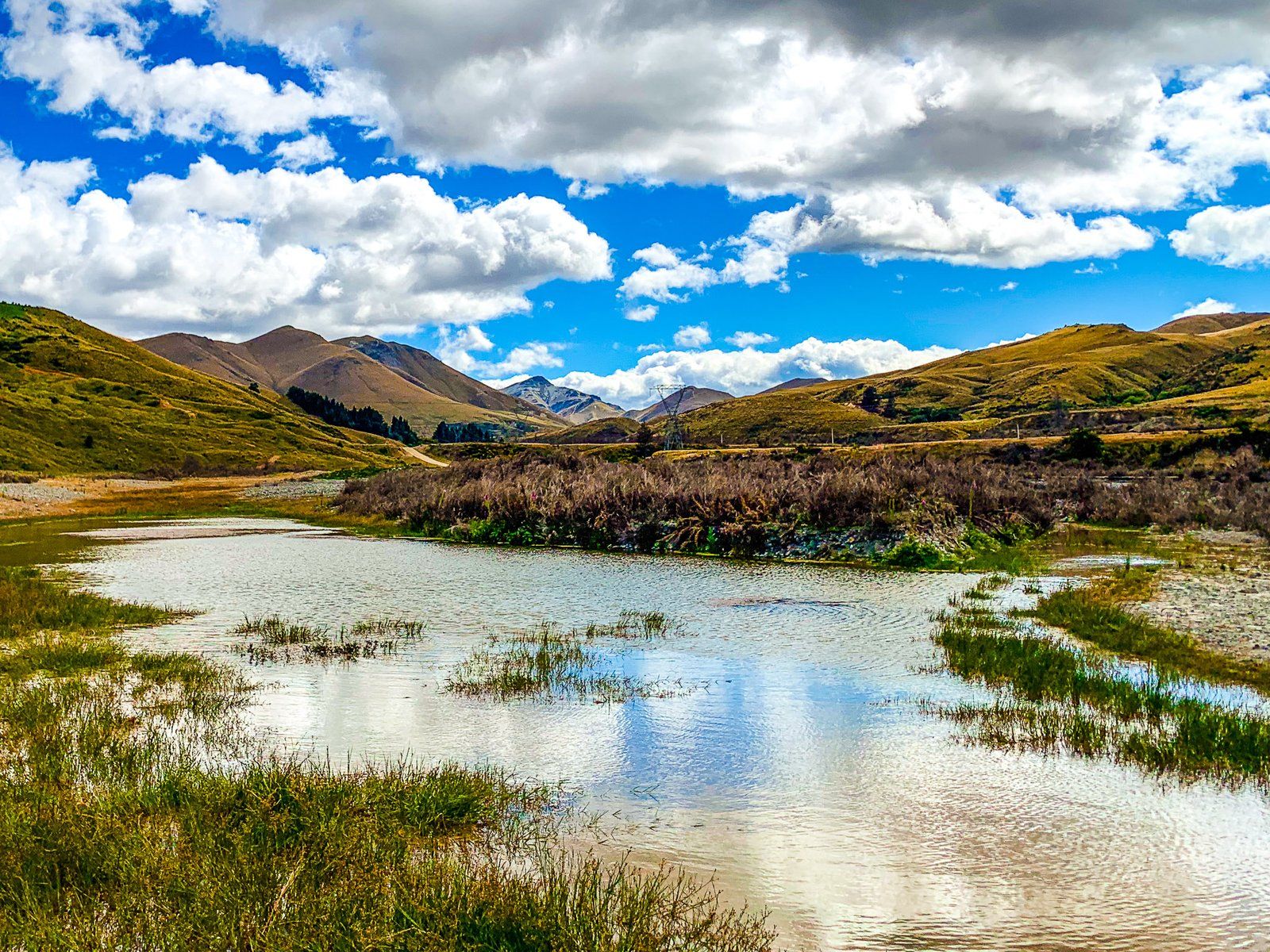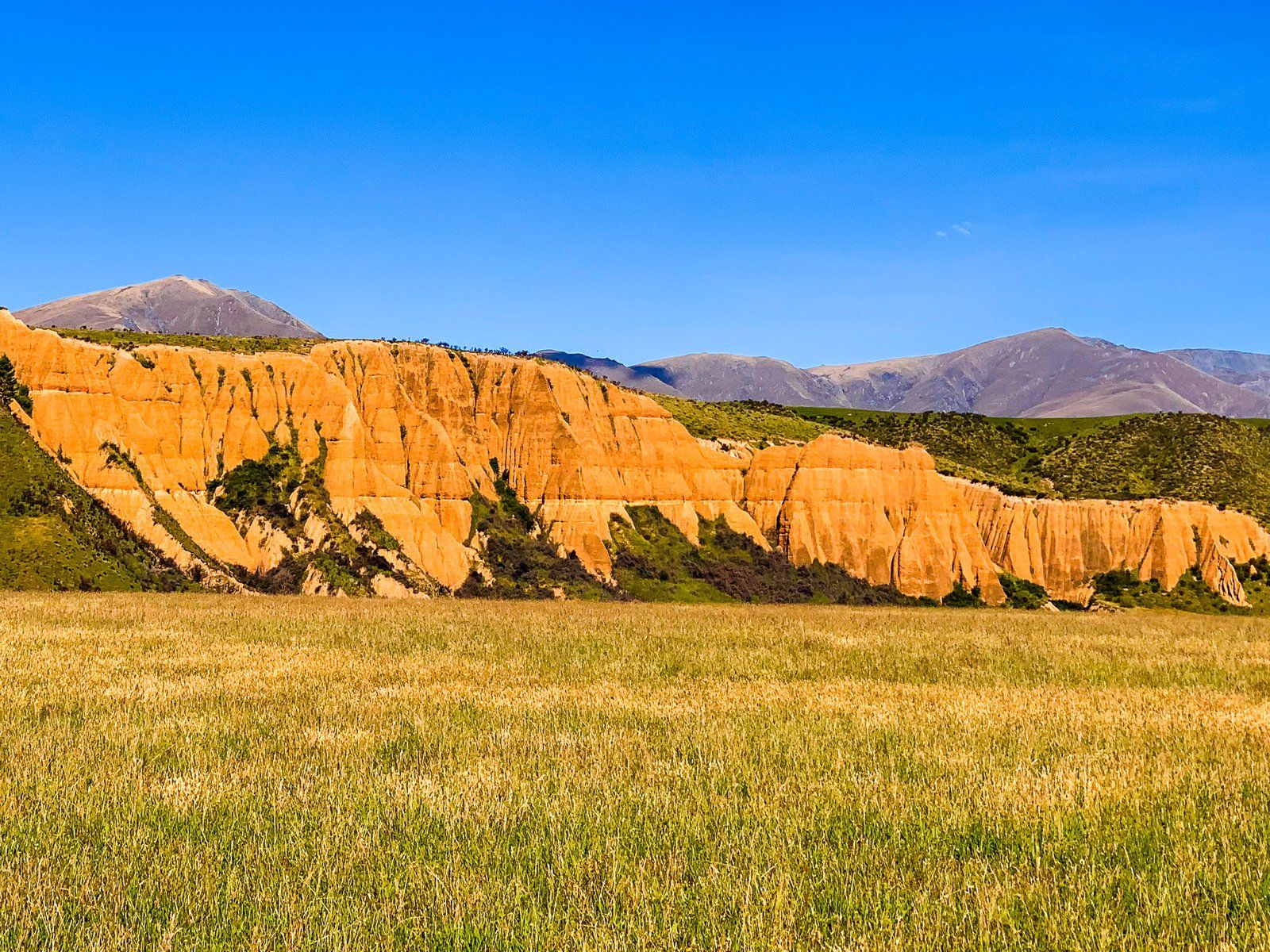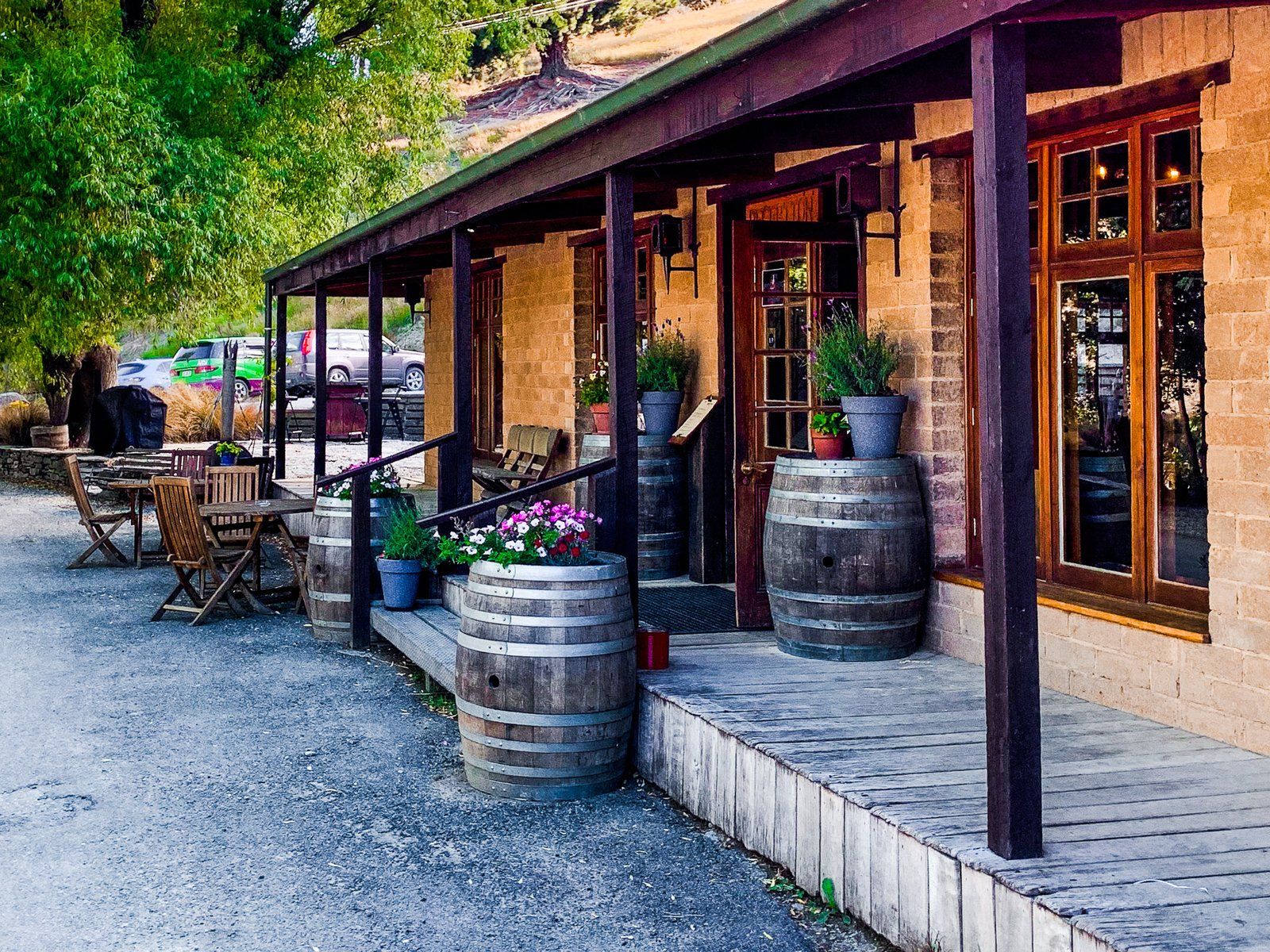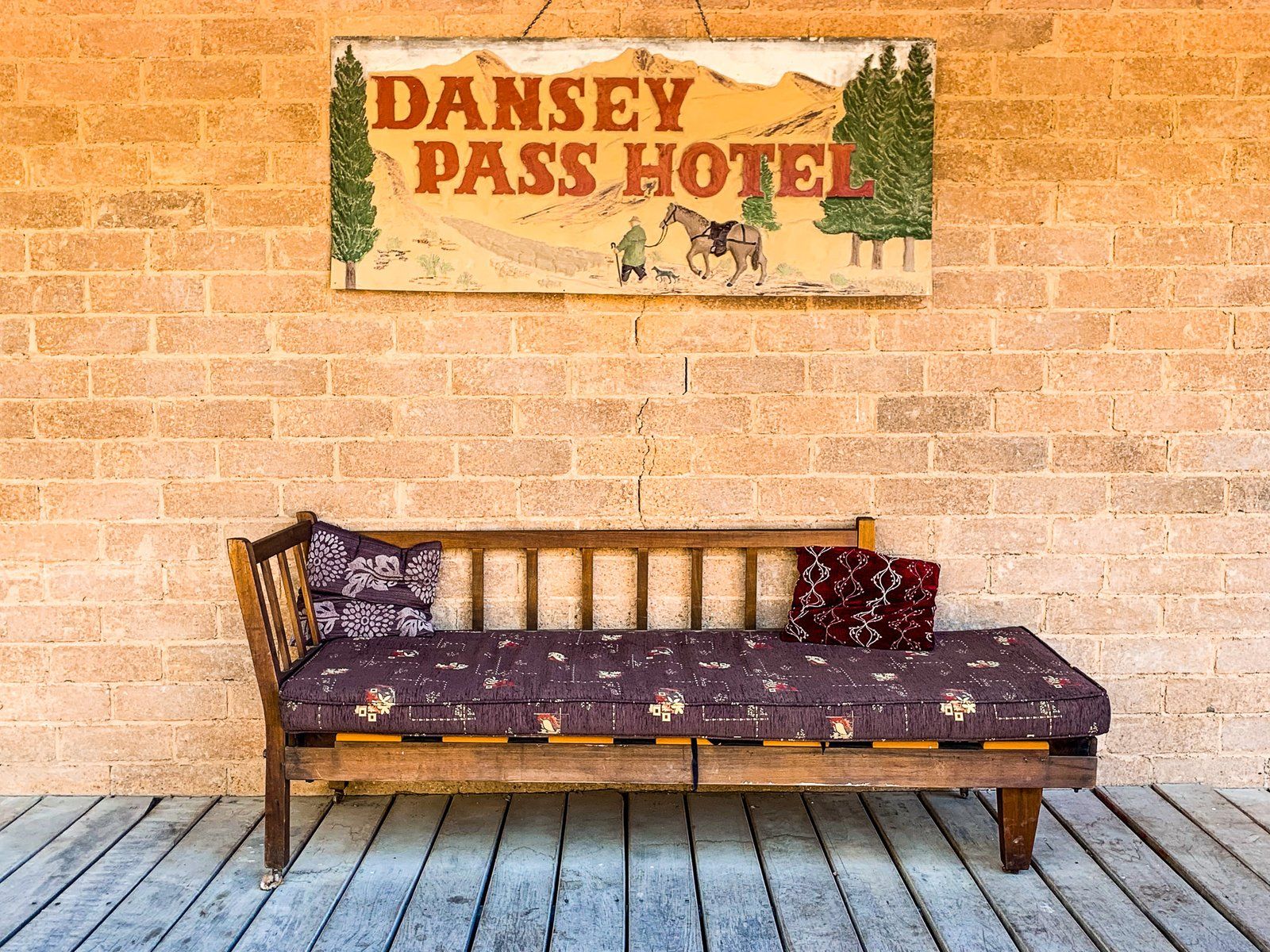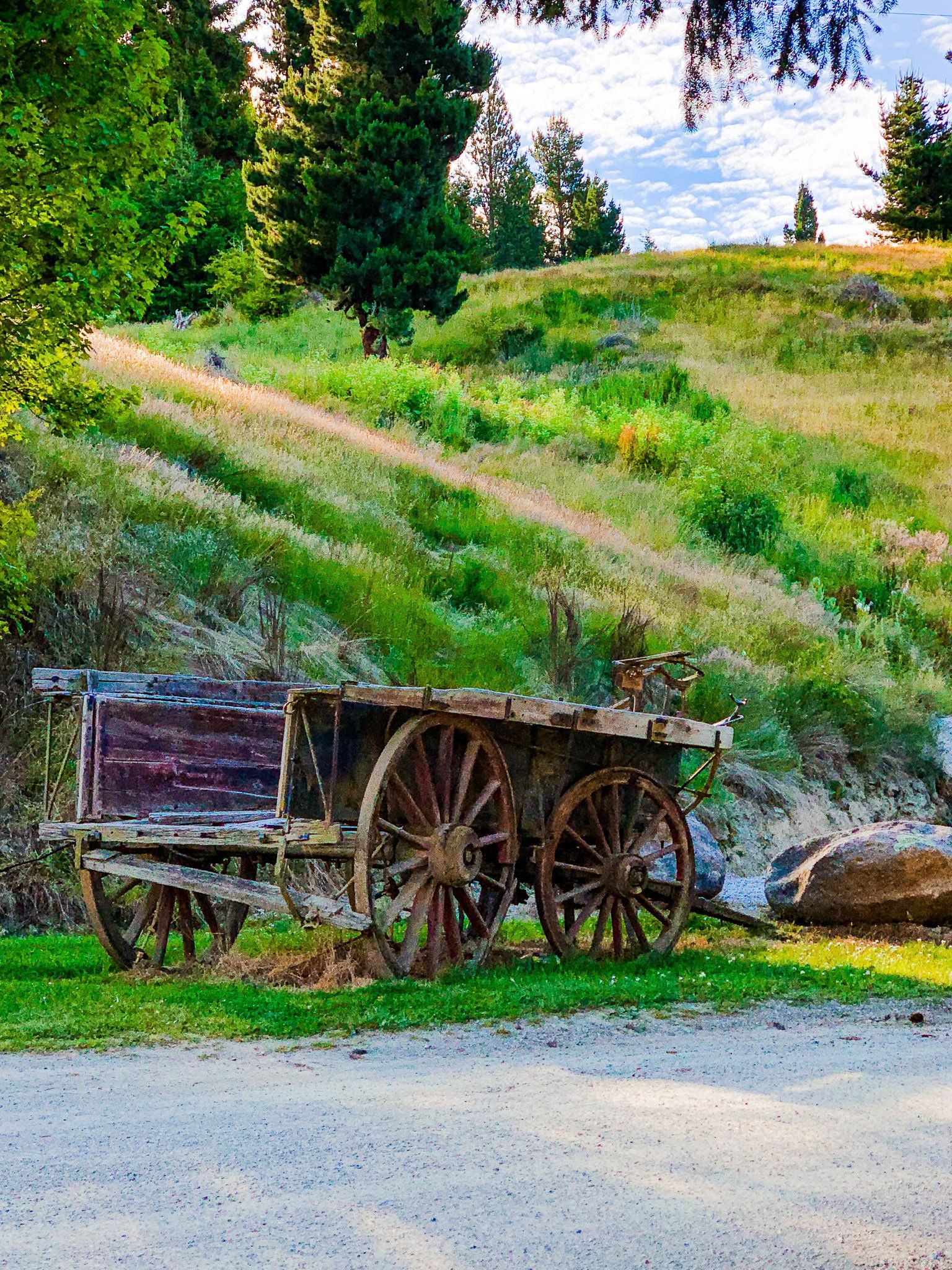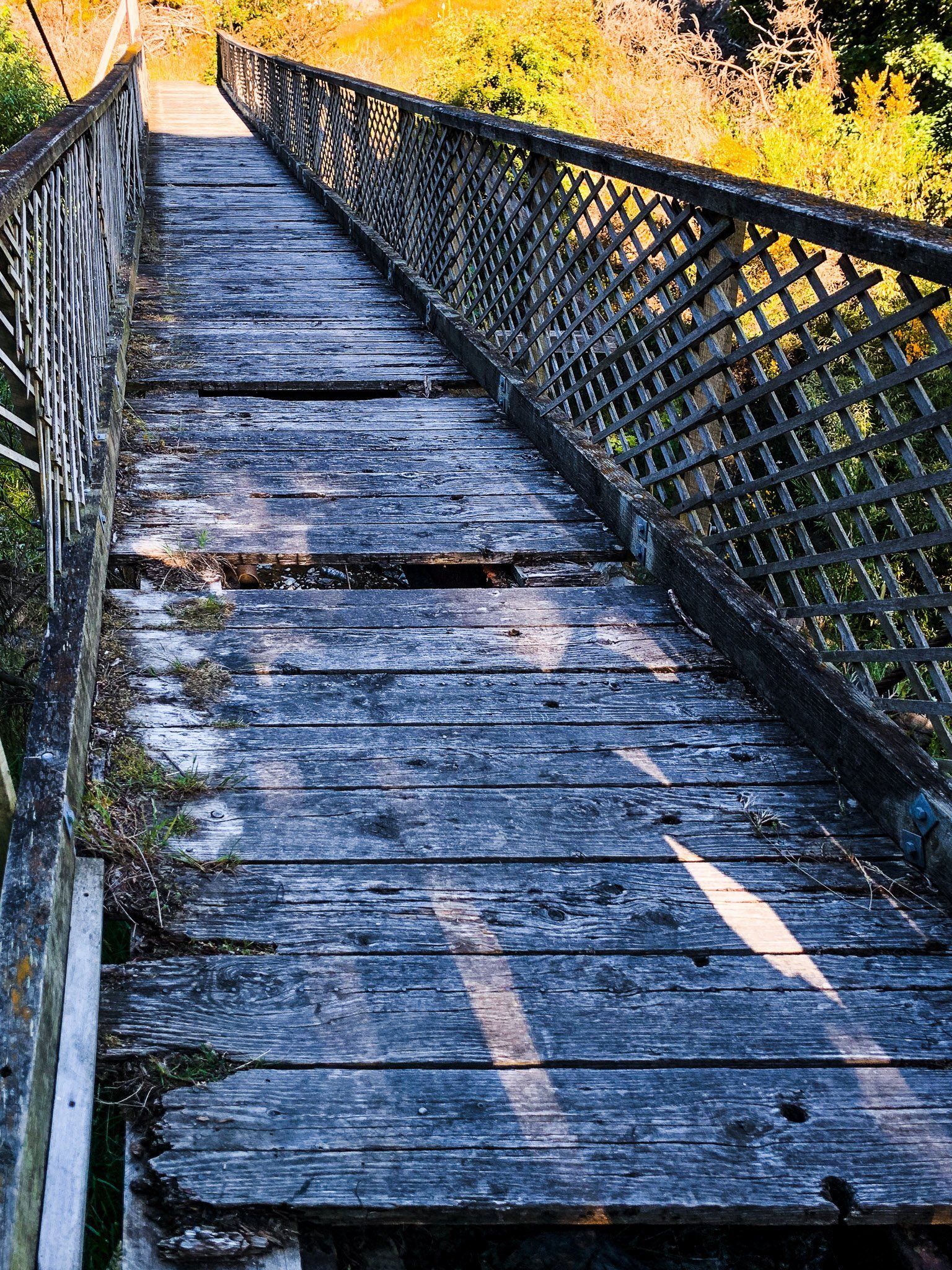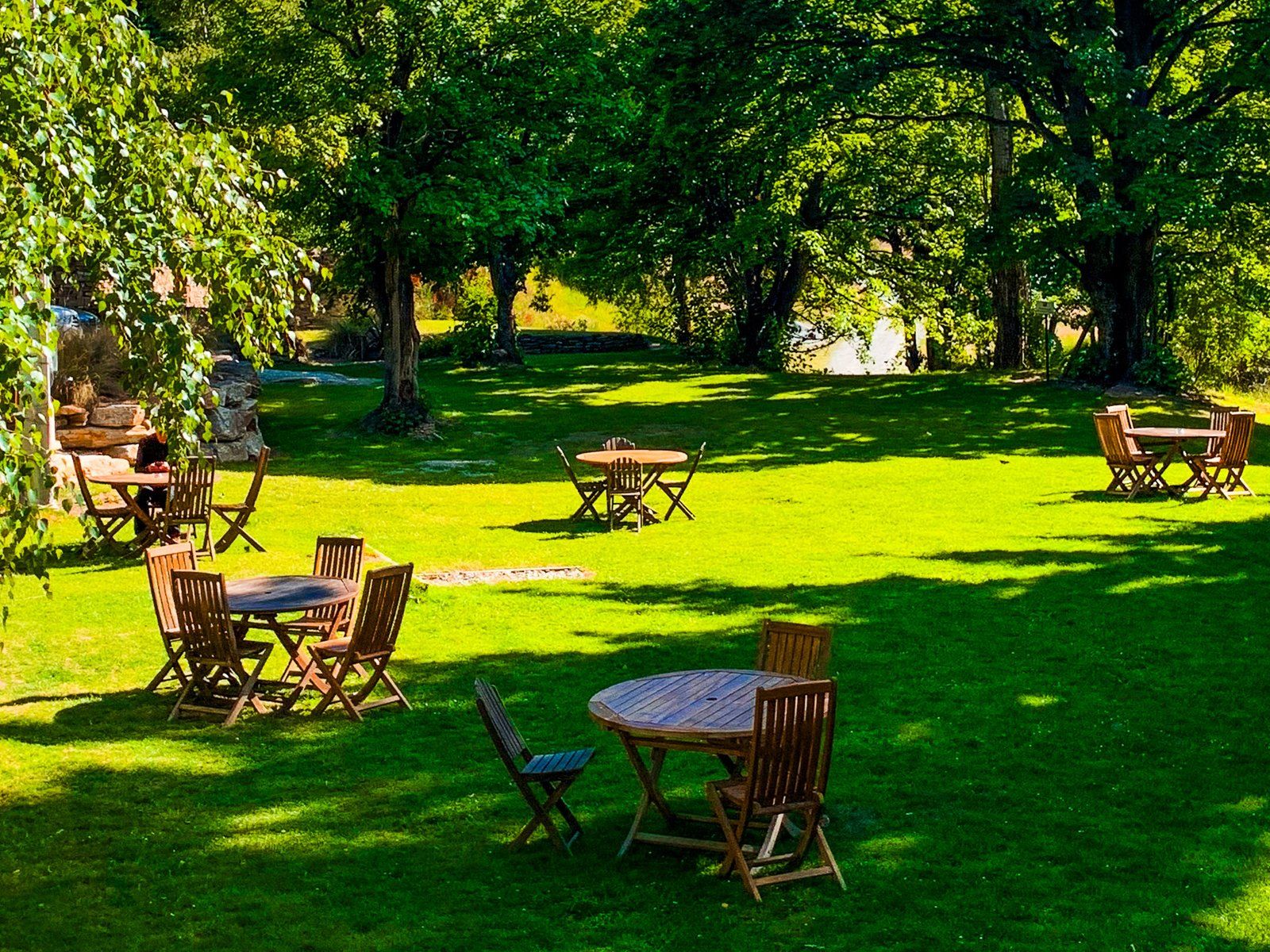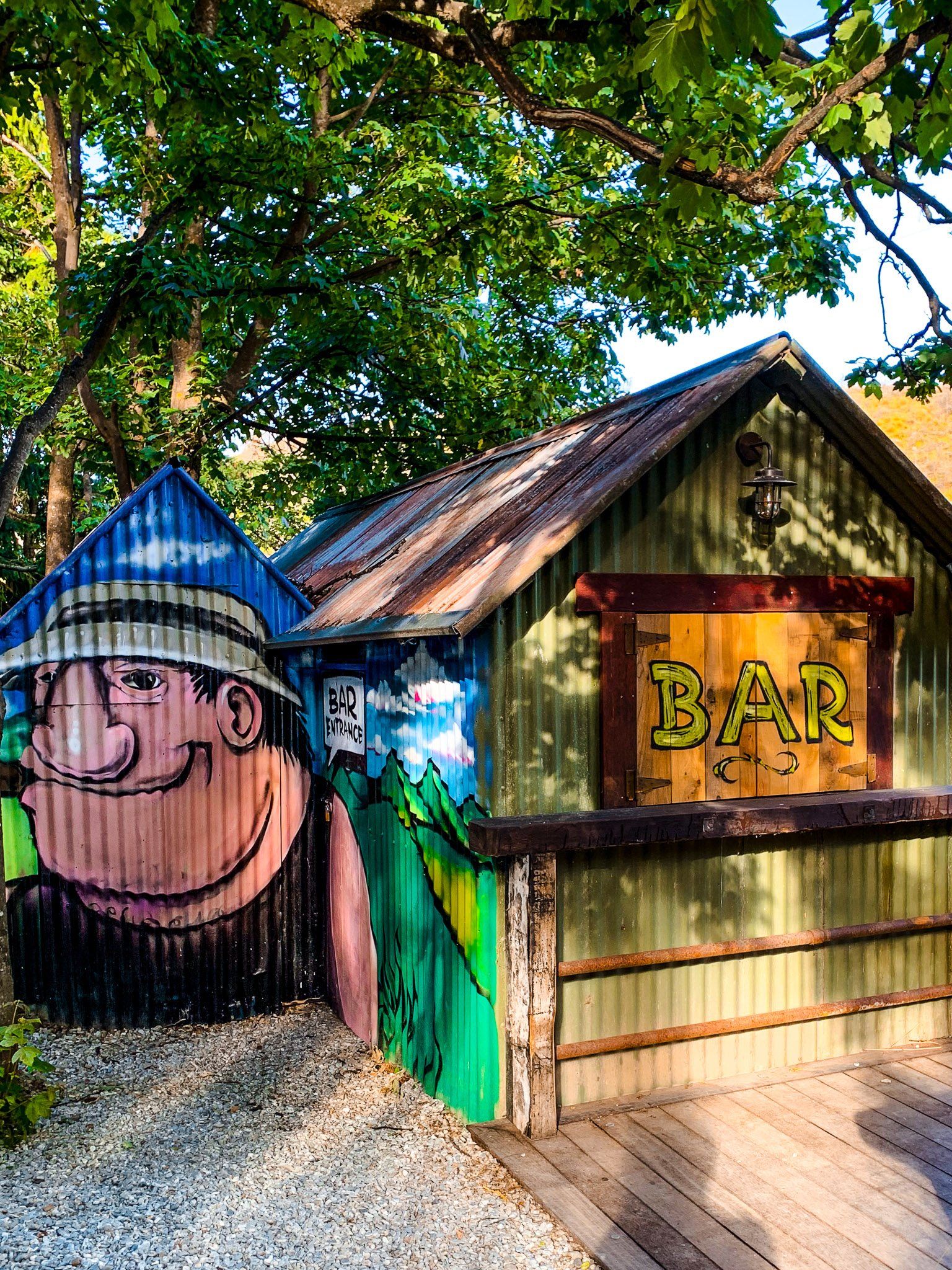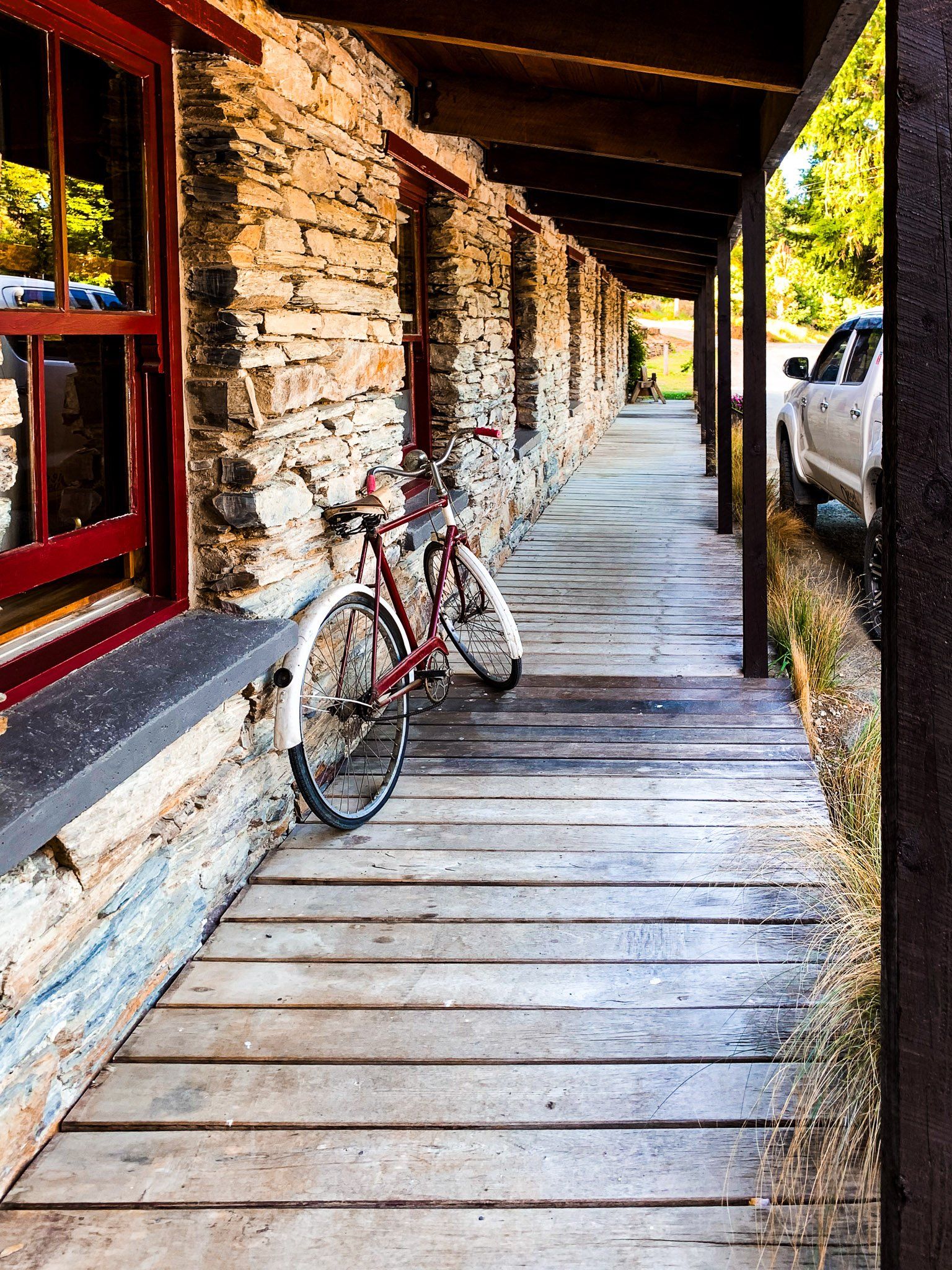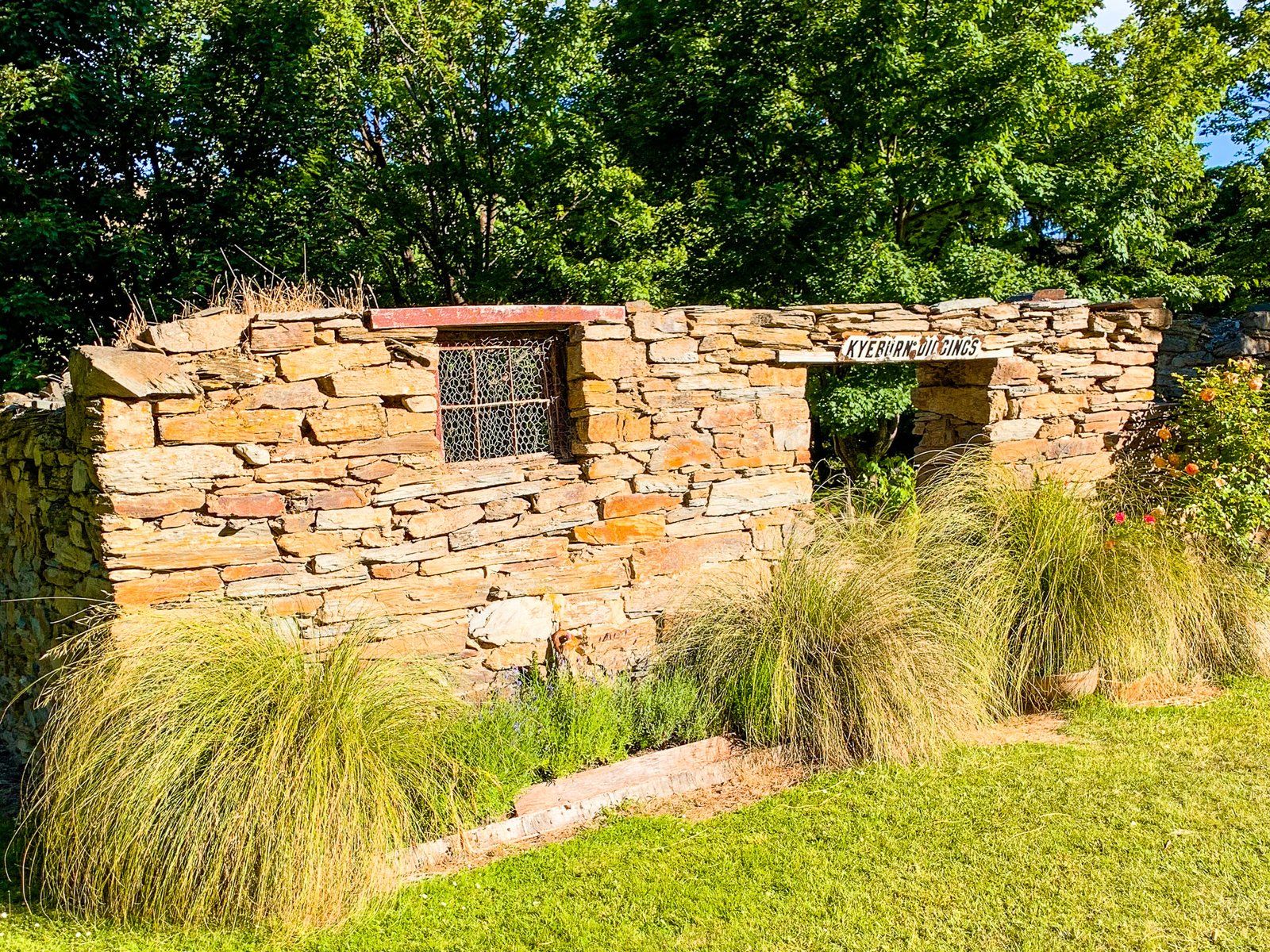An adventurous road trip in the South Island is to drive across Danseys Pass in the Kakanui Mountains from Naseby in Central Otago’s Maniototo Plain to the Waitaki Valley in Canterbury. The drive only takes about an hour and a half, but there are multiple points of interest, so we recommend allowing a couple of days.
William Dansey was one of the first Europeans to cross the pass. He arrived in NZ in 1854 to build a fortune by finding and acquiring a large tract of land. He crossed the pass over the Kakanui Mountains from Waitaki Valley in 1855 in search of suitable farmland in the Maniototo Valley but instead became the lessee of the huge Otekaike Station from 1857 to 1871. This station stretched from the pass into the Waitaki Valley to Duntroon and Kurow. Allan and John McLean, brothers who owned regional sheep stations, subsequently built the road. Prospectors discovered gold around Naseby, Mount Buster and Kyeburn in 1863, around the south end of the road.
On the Naseby side, Dansey Pass Road starts with outstanding views of the string of mountain ranges that run northwest to southeast from the Lindis Pass towards the east coast between Moeraki and Shag Point. These ranges tend to have reasonable snow coverage in winter, which provides a stunning backdrop to the golden and green flats in the Maniototo.
On leaving the plain, the road enters a historic gold mining area around Kyeburn Diggings. There is a historic cemetery and some evidence of the diggings around the Kye Burn (the river). Shortly after the cemetery you will find the Danseys Pass Hotel, also known as the Danseys Pass Coach Inn. It dates back to 1862 and is worth a visit. Stay a night at the hotel or the nearby DOC campsite.
From there, it is a steep, often rough and narrow drive up to Danseys Pass at 935 metres, mostly through golden mountain tussock, with several fabulous viewpoints. The remote 1,300 metre Kakanui Mountains are to the east, and St Marys Range rises to 1800 metres to the west. There is access to the Oteake Conservation Park in St Marys Range.
The road crosses into the Waitaki region at the pass. The views are spectacular and a section of the road, where it becomes sealed, is along the edge of a deep gorge created by the Maerewhenua River. The road connects to Livingstone Duntroon Road in the heart of the Waitaki Whitestone area and follows the River to Duntroon in the Waitaki Valley.
Kyeburn Diggings
Kyeburn Diggings is towards the south end of Danseys Pass Road, about 16 km from Naseby, 600 metres above sea level and on the edge of the tussock lands of the Kakanui Mountains. The pass is named for the Kye Burn, the stream running along the valley from Danseys Pass, combined with the diggings that resulted from the discovery of gold in 1861 by a prospector named Leggat.
By 1863, there was a rush to dig for gold around German Creek on either side of the stream back towards Naseby and on Mount Buster, about 12 km to the north. The miners quickly established a typical mining town with around 2,000 people, including 600 Chinese gold diggers at one stage.
As the gold ran out, coal was discovered and mined until 1900, providing some longevity to the town. Then, like most of these pop-up towns, it quickly disappeared once the mining was over. Today, there is not much obvious evidence of the town apart from the historic cemetery, the Dansey Pass Hotel, and many mature exotic trees planted by miners and early settlers.
The cemetery is on the left as Danseys Pass Road enters the Kakanui Mountains’ foothills alongside the Kye Burn. The cemetery is an interesting record of how tough it was for the early settlers. It’s all too easy to forget as we sip our lattes or pale ales at the hotel a bit further along the valley.
There are also signs of diggings on the Kye Burn and nearby German Creek. Note the decrepit bridge over the Kye Burn near the hotel. But the most extensive diggings were high on the side of Mount Buster at 1,200 metres, the highest gold mining activity in NZ.
These high diggings are part of the Oteake Conservation Park and can be accessed along Little Kyeburn Road. From there, follow the 4WD Mount Buster Road and then take a nine km hike up 560 metres to Buster Hut and the main diggings.
Danseys Pass Hotel
Danseys Pass Hotel is at the north end of Kyeburn Diggings, as the Kye Burn valley narrows and just before Dansey Pass Road starts its climb to Danseys Pass. It is one of a handful of old hotels that survived the Central Otago gold rush of the 1860s and is the only surviving building from the Kyeburn Diggings gold rush of 1862. It has been upgraded and modernised along the way but with a strong nod to its history.
A major way into this part of Central Otago after the gold discovery was from the developing port towns on the South Island’s east coast via the Waitaki Valley and Danseys Pass over the Kakanui Mountains. This multi-day wagon journey was arduous and dangerous. Kyeburn Diggings was the first realistic spot for a hotel, with the first stretch of flat land after the pass.
Danseys Pass Hotel arguably has the best “origin story” of the surviving old gold field hotels. It was built in 1863 by Happy Bill, a stonemason who was paid a pint of beer for every schist boulder used to build the walls. The stone building was plastered in the 1950s and extended in the 1990s. Around the hotel and nearby German Creek are many exotic trees planted to represent the homeland of every miner in the 1860s.
Stop overnight or for a meal or picnic in front of the hotel or at the DOC campsite at German Creek. Maybe reflect a bit on how hard it was and how comparatively easy it is today!
Want more Central Otago Trip Ideas?
Check out our blogs on the Dunedin to Central Otago Road Trip, or our Haast Highway series, from Isthmus to Haast Pass and Makarora to Haast.
